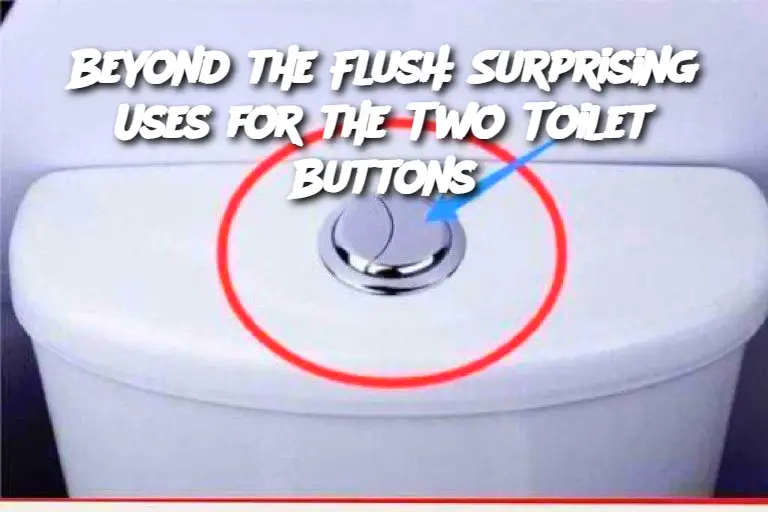Traditional Single-Flush Toilets: These use a consistent amount of water per flush, typically more than dual-flush systems.
Touchless or Sensor-Activated Toilets: These use automatic sensors for hands-free flushing, improving hygiene.
Smart Toilets: Advanced models allow users to control water usage with customized settings.
Frequently Asked Questions
1. Why do some toilets have only one button instead of two?
Single-button toilets are typically older models or designs that don’t prioritize water conservation. Dual-flush toilets were introduced to help reduce water waste.
2. How much water can I save with a dual-flush toilet?
On average, households can save up to 20,000 liters of water per year by using the half-flush option whenever possible.
3. Can I retrofit my toilet to have dual-flush buttons?
Yes! Many plumbing kits allow homeowners to convert single-flush toilets into dual-flush systems with minimal effort.
4. What if the buttons on my toilet get stuck?
This usually happens due to dirt buildup or mechanical wear. Cleaning around the buttons and checking for loose parts can resolve the issue.
Final Thoughts
The two buttons on a toilet may seem like simple flushing mechanisms, but they play a crucial role in water conservation and efficient waste management. By understanding their function and using them wisely, you can reduce water consumption, lower your utility bills, and even help the environment. Next time you press those buttons, you’ll know they’re doing more than just flushing—they’re making a difference!
Would you like me to refine or add more details? 🚽💡

